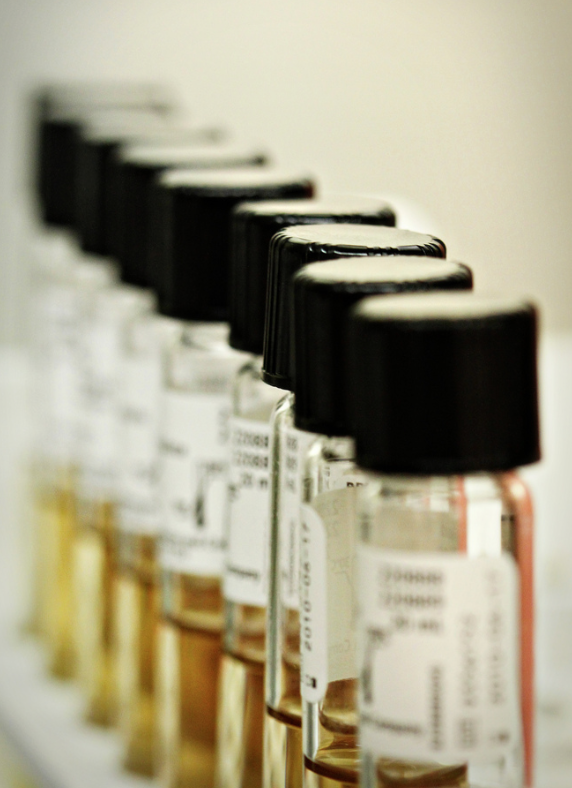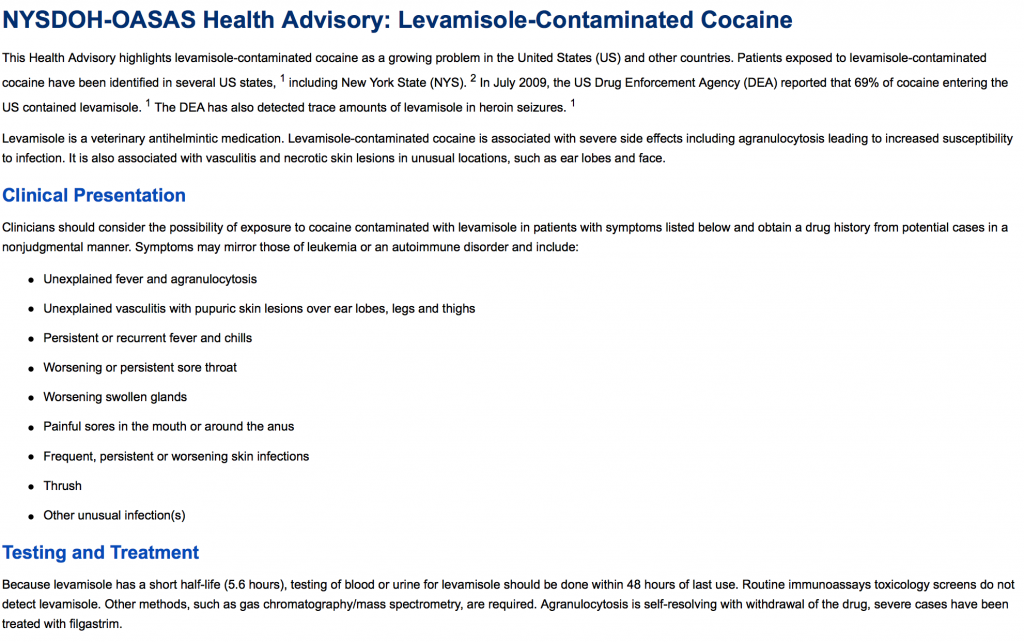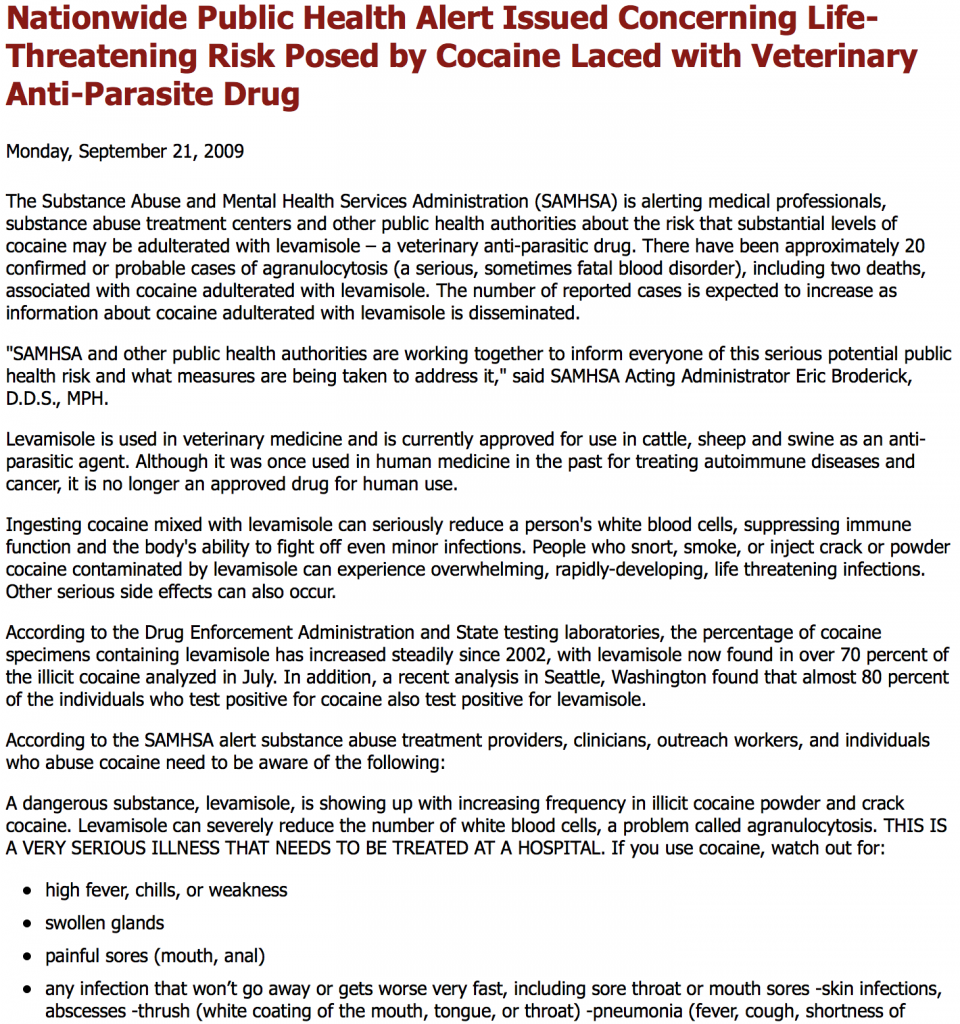WASHINGTON—An instant urine test which can detect two of the most common chemicals used to “cut” crack-cocaine in South America should be available within the next two months.
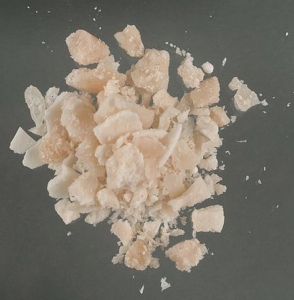
Rocks of crack-cocaine that is smoked. Photo courtesy of Samantha Rachael.
Similar to most urine tests, a health care professional collects a sample in a cup, but the result is instantaneous thanks to a paper indicator covered with a chemical inside the cup.
In a positive outcome, a single pink line appears within three to five minutes of coming in contact with the sample. This means that either levamisole, a veterinary drug used to deworm pets, or aminopyrine, a powerful pain reliever, is present.
Word of the new test came at a Children’s Substance Use Disorders Treatment meeting on Monday, sponsored by the State Department and the Colombo Plan, a social services organization.
Not only will the test be used in South America, but in U.S. hospitals, just another example of “foreign assistance benefiting the United States as well,” said Thomas Browne, CEO of the Colombo Plan.
State Department drug officials are most interested in using the test on the youngest victims of drug abuse — addicts under the age of 12. Children’s developing brains and bodies are particularly susceptible to the side effects of these harmful adulterants.
When dealers cut or dilute pure crack-cocaine, they break up the rock, add other stimulants called adulterants which mimic or enhance the rush of crack-cocaine, and boil it in a liquid called an agent.
Browne said some of these additives, such as levamisole, can deplete white blood cells, weakening the immune system. Others like phenacetin, a fever reducer, can cause kidney disease and bladder cancer.

Chemical structure of aminopyrine. Photo courtesy of NIH.
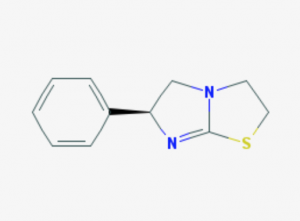
Chemical structure of aminopyrine. Photo courtesy of NIH.
He said health officials in South America initially couldn’t explain the appearance of such diseases among young children, often performing expensive batteries of tests on them for other diseases that might lower white blood cell count like hepatitis. When those tests came back negative, they blamed poor nutrition and hygiene.
Eventually they noticed the link between symptoms and drug abuse.
“Unfortunately, many of us have been seeing something far more alarming today and that would be a dramatic rise in the use of crack cocaine, sometimes cut with deadly additives, heroin and other opioids being used by the very young,” Morales told the forum on Monday. “Some even four or five years old.”
And it gets worse. Gasoline and battery acid are sometimes added as cutting agents, Browne said.
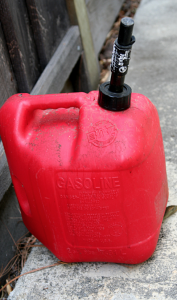
Gasoline is a common cutting agent. Photo courtesy of Eric.
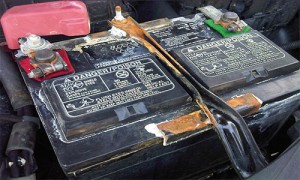
Battery acid is also used. Photo courtesy of Robert Guimont.
For example, Browne said in Argentina young addicts consume crack-cocaine that is as much as 80 percent adulterant and cutting agent, only 20 percent pure cocaine.
In 2012, when Browne and his team tested crack-cocaine samples across South America, he said he found that virtually all of Argentine crack-cocaine had some kind of adulterant.
But it’s not just a South American problem. Browne said in 2009 public health departments in the United States issued warnings about crack-cocaine being cut with levamisole. As of 2016, he said as many as 80 percent of crack-cocaine samples in the United States contained levamisole.
- New York Department of Public Health Alert.
- Delaware Public Health Department Alert.
- SAMSHA health alert.
When a drug such as levamisole or aminopyrine can be detected in a patient, health care providers can determine the proper diagnosis and treatment.

